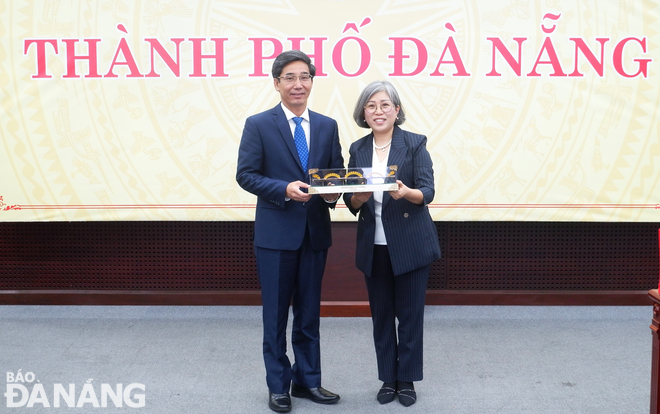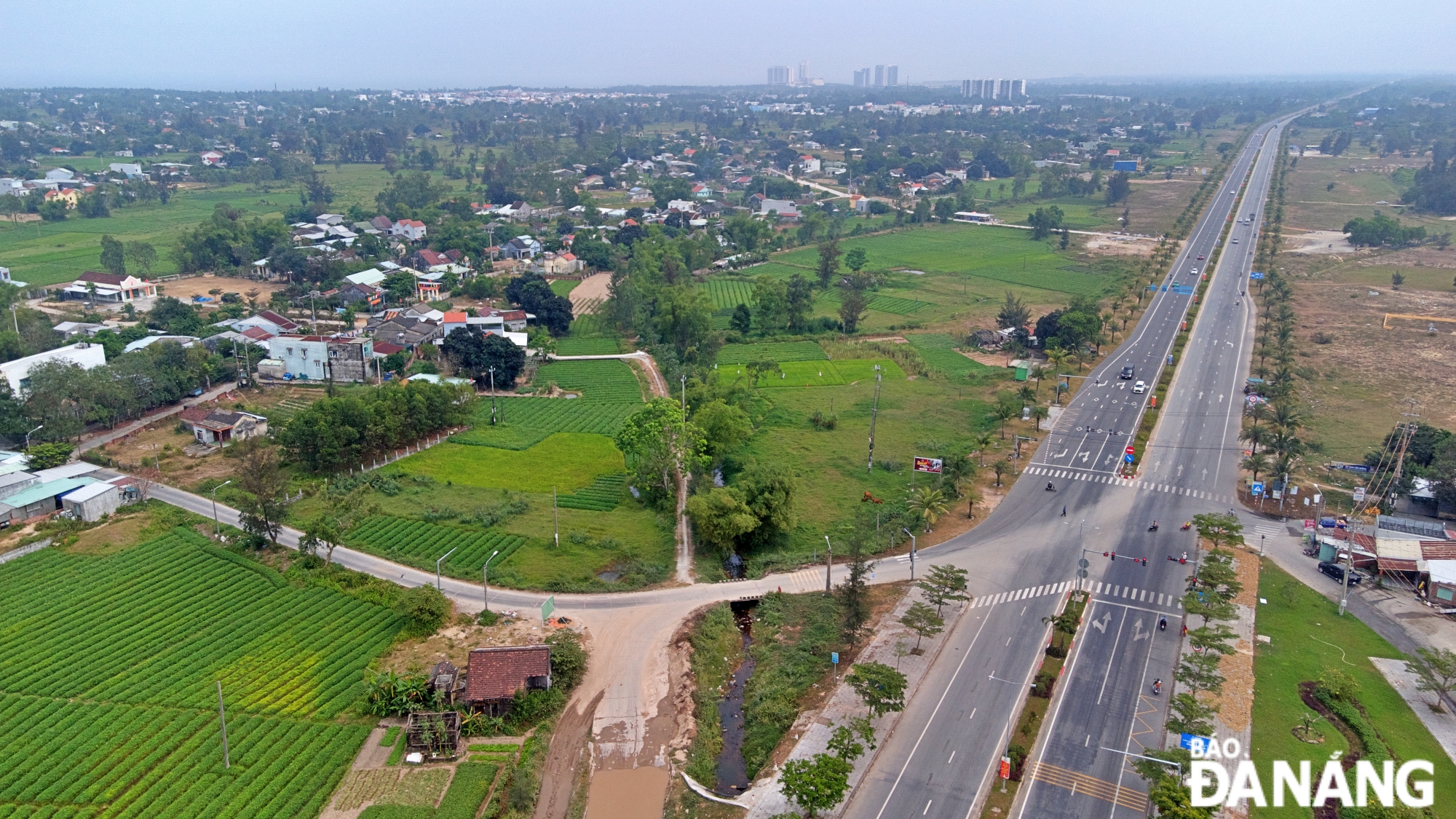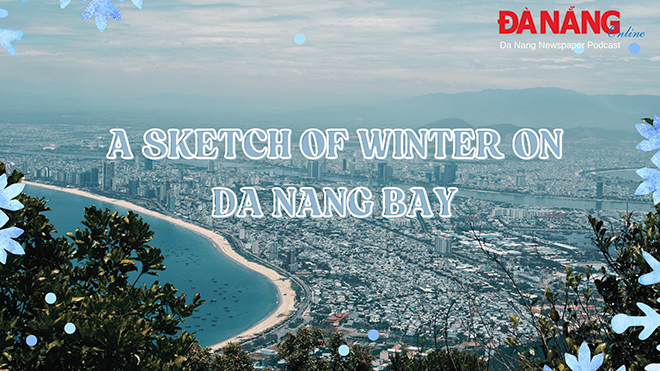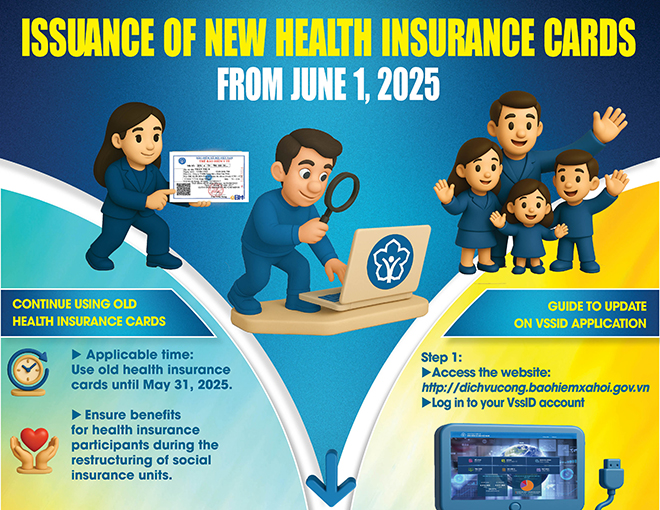Da Nang learns from South Korea's experience in developing free trade zone
Vice Chairman of the Da Nang People's Committee Tran Chi Cuong had a meeting with a group of visitors from the Ministry of Trade, Industry and Energy of Korea on Friday to exchange experiences in developing free trade zones.
 |
| Vice Chairman of the Da Nang People's Committee Tran Chi Cuong (left) presenting a souvenir to the representative of the delegation of the Ministry of Trade, Industry and Energy of Korea. Photo: M.Q |
During his reception for South Korean guests, Vice Chairman Cuong informed that Da Nang has been cooperating with 45 countries, localities and territories worldwide, of which it has established cooperative relations with 4 localities of South Korea.
Most recently, a delegation of Da Nang’s officials visited South Korea in early July to learn and exchange experiences in socio-economic development.
The central beach city of Da Nang is one of the top destinations of South Korean tourists in Viet Nam. Korean tourists are also among the leading groups of international tourists to Da Nang (accounting for 43% of the total number of international tourists in the city during the first 7 months of 2024).
South Korea has ranked 5th in terms of the total registered investment capital channeled into the city among countries and territories investing in Da Nang. The city has attracted a total of 278 South Korean-invested projects totalling US$371 million, accounting for 8.6% of its total FDI capital. The projects are most concentrated in the industrial sector with 26 projects worth US$166 million, accounting for nearly 45% of the total South Korean investment capital in Da Nang. The industrial sector is followed by service sector with 237 projects totalling US$115 million, accounting for 30% of the total.
He also added that Da Nang is the first locality in the country to be allowed by the National Assembly to pilot the establishment of a free trade zone. The soon-to-be-developed free trade zone will have 3 sub-zones: a logistics subzone associated with the Lien Chieu Seaport, a production subzone associated with the Hi-tech Park, and a commercial service subzone.
For her part, Mrs. Park Hakhee, Director of Innovation and the Management Board of Free Trade Zones under the Ministry of Trade, Industry and Energy of Korea said that South Korea is developing 2 models of free trade zones classified by purpose with a focus on developing the local economy or attracting FDI investors.
A model of free trade zone for local economic development is the Masan Free Trade Zone. The zone was initially established as an export processing zone in the 1970s and was then converted into a free trade zone after 2000.
Meanwhile, a model for attracting FDI investors is the Incheon Free Trade Zone established in 2003. The area of the Incheon Free Trade Zone is nearly 10 times larger than that of Masan.
The local economic development model will completely exempt taxes for local enterprises and the production land will be planned by the Government and leased to the people. The model for attracting FDI investors will only exempt taxes for investors within 5 years.
The licensing period for infrastructure investors in the Free Trade Zone is about 50-100 years. The basic infrastructure will be invested by the State, while the factories will be invested by enterprises themselves.
Ms. Park Hakhee recommended that Da Nang could refer to both models to choose a suitable direction for developing the free trade zone.
In the coming time, the Management Board of Korean Free Trade Zones in particular and South Korea in general is ready to accompany the city during the development of the Free Trade Zone in the near future, she pledged.
Reporting by M.QUE - Translating by M.DUNG








